Moms on the LPGA Tour Are the Superheroes of Golf

You’re a professional golfer working hard to make a career on the LPGA Tour. You’ve been assigned an afternoon starting time on Thursday, which means you’ll be off in the early wave in Friday’s second round. The turnaround will be short. You’ll get off the golf course late on Thursday, practice until dark, stretch, shower, grab dinner and then wake up early to do it all again the next day.
Now, imagine such a schedule while traveling with a small child. You’re picking your kid up from childcare after your late round, making sure they’re fed, bathed and ready for bed. Only then can you take care of yourself, and you’re asleep later than you’d like. And that 8 a.m. tee time the next day? The alarm goes off much earlier than your usual 5 a.m. wake-up because you need an extra hour to ensure your child is ready for the day, too.
This is a snapshot of what it’s like to be a mom on the LPGA Tour. What was already a demanding career is increasingly difficult with a young child on the road.
Support can come from several places: family, friends, other tour moms and even the LPGA itself. In 2019, the LPGA Tour enacted a new maternity policy that allowed players to freeze their current status for up to two years to focus on their pregnancy, their first months with their child and their physical and mental recoveries. The new policy also allows players to determine when they want to stop competing in events while they’re pregnant; previously, the number of events were capped, and their playing status could suffer if they continued to compete.
“The LPGA had had the same maternity policy in place for quite some time – at least as far back as my rookie year, which was in 1998 (and likely longer). I played under the former maternity policy when I had my daughter in 2006. While the policy was standing the test of time, times do change, and we needed to adapt," said Heather Daly-Donofrio, the LPGA Chief Tour Operations Officer who led the development and drafting of the new policy.
"No system is perfect, particularly when trying to build a policy that works across birth dates over the course of 12 months. With an expanded schedule and athletes increasingly able to play a full schedule while pregnant, athletes were expressing a desire to play more during their pregnancy to provide for themselves and their families.”
Gerina Mendoza, a three-time Solheim Cup team member, 2016 Olympian and mother of three-year-old A.J., said of the old maternity policy, “I could only play up to 10 events without it counting against me in 2018, my maternity year. If I had played 11 events, it would have counted as my year back from leave and toward my status. It’s great now that they’ve changed that because we get a year or two off.”
So, why do the women continue to play if their status is secure? Unlike many other full-time jobs, the LPGA Tour maternity leave is unpaid. Playing is the only way many of the women can make money, so they compete as long as they are physically able before taking up to two years off to be with their child and recover. Sponsors also typically require players to hit a minimum number of events to secure their full investment, so players don’t want to miss that paycheck.
“As a women’s sports organization, above all, we wanted to build a policy that would help the athlete achieve her dreams both on and off the course, allow her to provide for her family, maintain her status and give her the time she needed with her child before returning to competition," Daly-Donofrio said. "So, we went back to work and built a maternity policy that fit those goals.”
The policy has also evolved alongside current events, especially over the last two years.
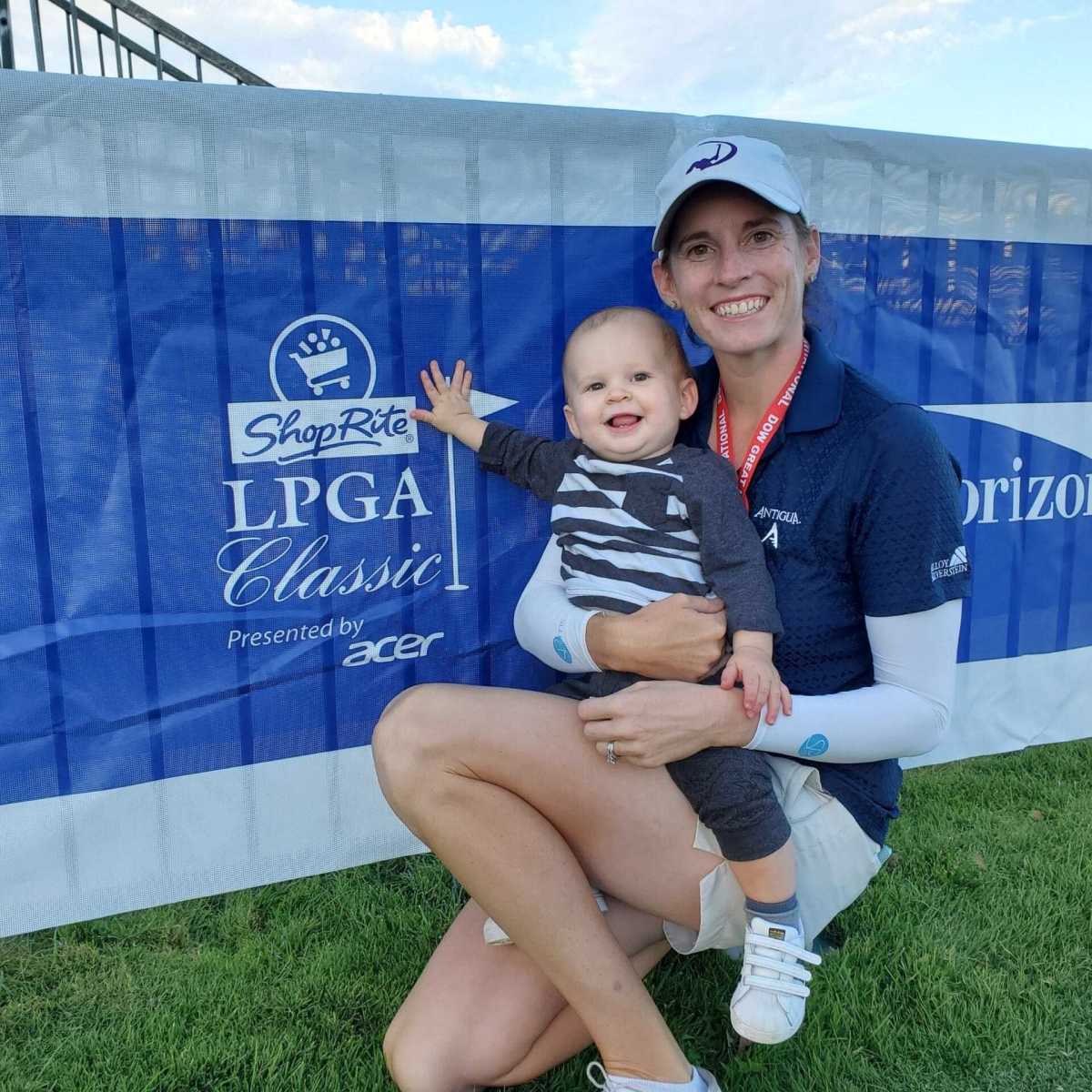
“They had to change (the maternity policy) again because of COVID-19, and I think it’s helped a lot of moms have babies out here and still continue their careers,” says Katherine Perry-Hamski, a five-year LPGA Tour member who also qualified for the U.S. Women’s Open twice as an amateur. “And they didn’t put any caps on the number of tournaments we could play, which is huge because we got to try to pay the bills at home, but I wasn’t strong enough or recovered enough to play well enough to try to earn my status back. It was life-changing for me.”
Perry-Hamski delivered via cesarean section, which prolonged her recovery. “I couldn’t start swinging again or doing anything until about eight weeks postpartum,” she said. “And from there, it’s been about building a little bit more at a time. I ended up losing 25 pounds from my pre-pregnancy weight with all the muscle loss.”
She now travels with her 18-month-old son, John, and her husband, Kevin, who is also her caddie. She said wouldn’t change a thing.
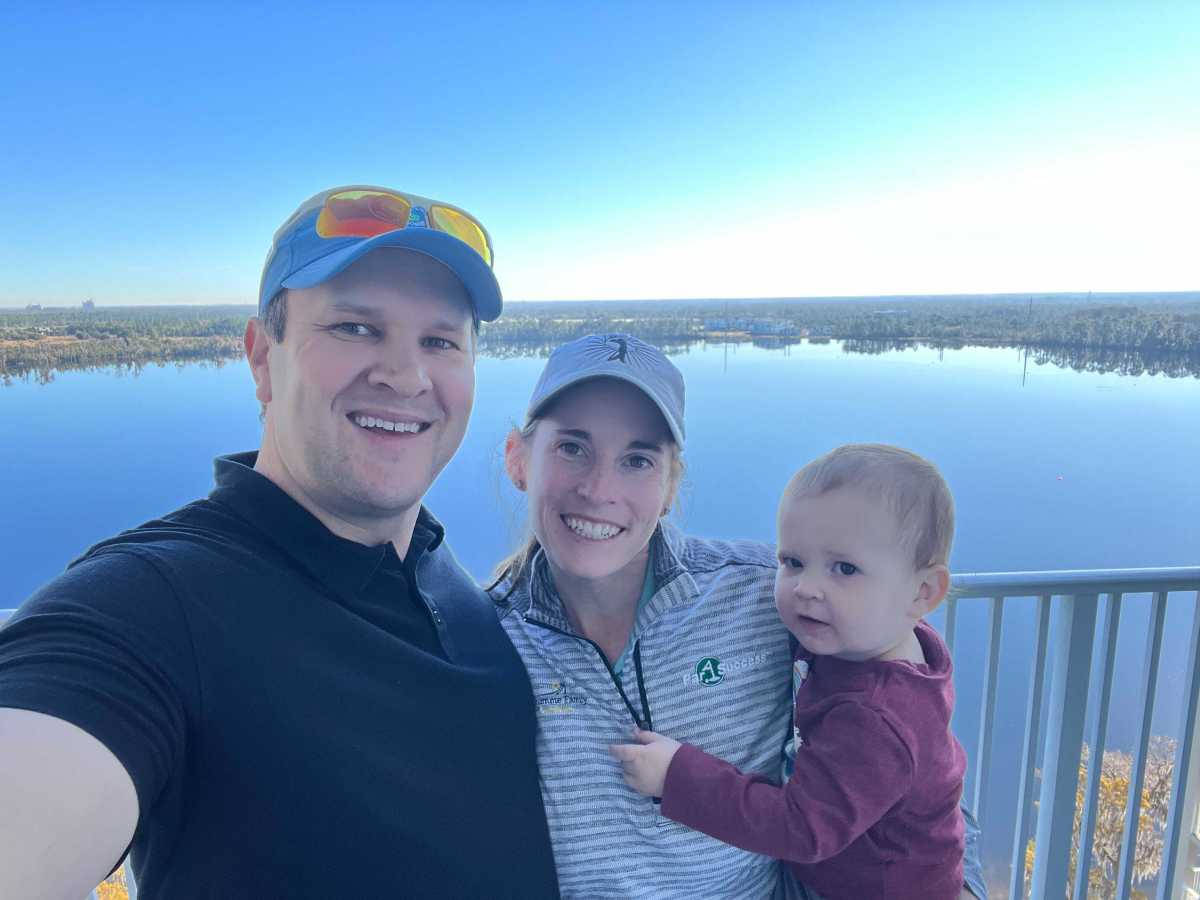
“I always felt like a little something was missing even though I had Kevin out there with me and it was amazing to travel around together. I knew I always wanted to be a mom, so now having John out there, we’re living this perfect life,” she said. “I mean, there are obviously the hardships of golf – we still have that – but even if I play bad, we’re traveling around together and have all these experiences together.”
Brittany Lang, 2016 U.S. Women’s Open champion and five-time Solheim Cup team member, also delivered via C-section. Lang has been very fortunate to have no injuries while playing her 17 years on tour, so she viewed her recovery process as a difficult but enjoyable experience.
“It was so cool to see the progress to build back up,” she said. “My mom and I — she lives here next to me — walk every day. I could walk like 100 yards and then weeks later I was doing the full-hour walk and then a month or two after that I was running, and it was just so cool to see (my body) coming back strong. I actually enjoyed it.”
It’s not just the post-birth recovery that should be applauded; competing while pregnant is its own impressive feat. Between the exhaustion and the body changes, golf games can be greatly affected.
“My original plan was to play until six months until I hit five months and realized it was really hard to travel pregnant,” said Jackie Stoelting, who began her LPGA Tour career in 2014, the year she also won Big Break Florida on Golf Channel. “I wasn’t feeling that great and I lost a ton of distance, and at one point, I was like, ‘Why am I putting myself through this?’
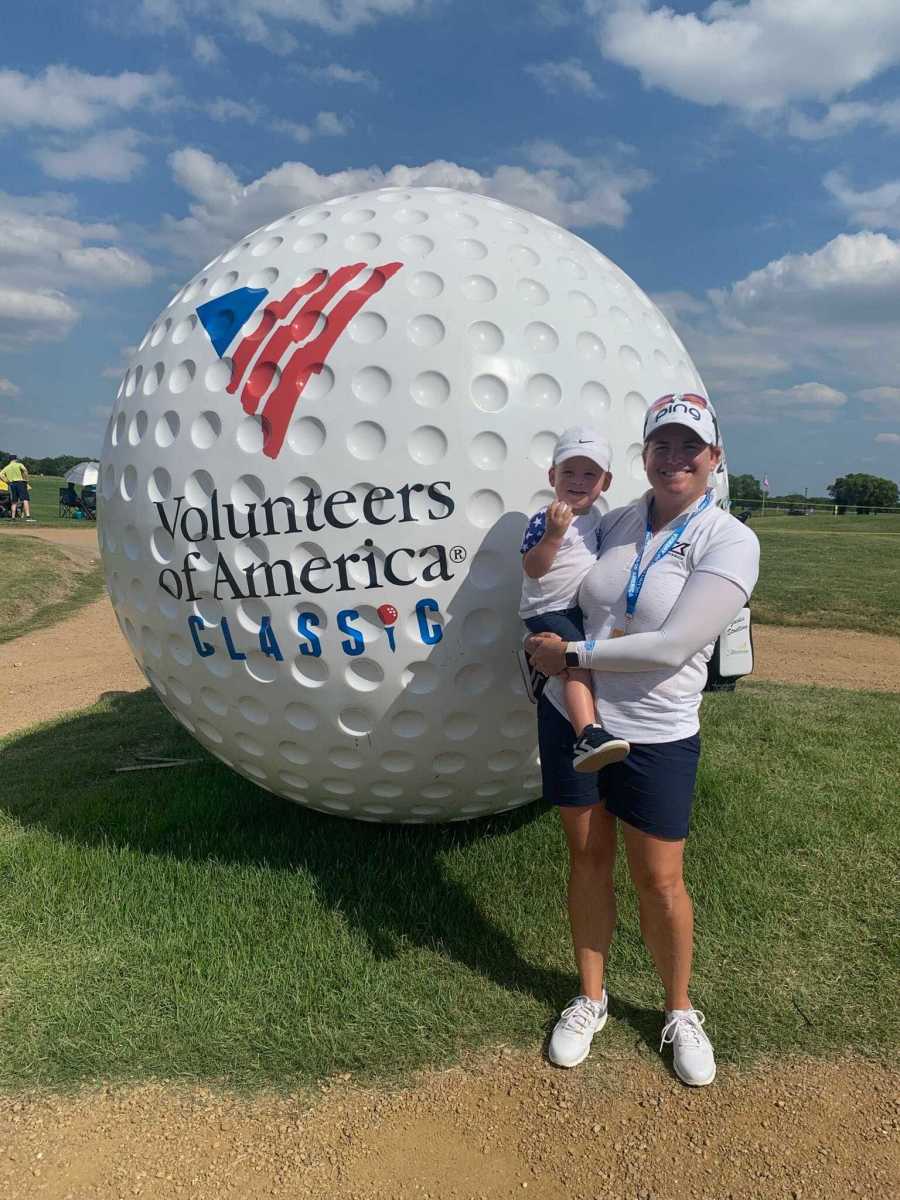
“My last round, we had a huge rain delay in Michigan, and I only played three holes at 8:30 at night. I had to play 33 holes the next day at five-and-a-half months pregnant. I was more stressed out that I was going to do damage to my baby than my golf. I was just like, ‘What am I doing?’”
The new LPGA maternity policy launched during a baby boom on tour – with 30 babies being born since 2017 – and it rolled out just before the coronavirus pandemic hit. The 2020 season was considered a “free year” on tour status-wise, though plenty of women continued to compete as events resumed in the summer. Stoelting recalls how the threat of COVID-19 thwarted her return to playing. She said she was “deathly afraid to go somewhere and get stuck having to quarantine with (my) son in a hotel room for two weeks away from (my) husband.”
Stoelting returned to the tour in 2021. “Traveling with COVID-19 was stressful enough and then adding trying to keep your kid safe and all the protocols that we have, there were times I had to feed him in his car seat because I wasn’t allowed to go in a restaurant,” Stoelting says. “Stuff like that made things more challenging out there.”
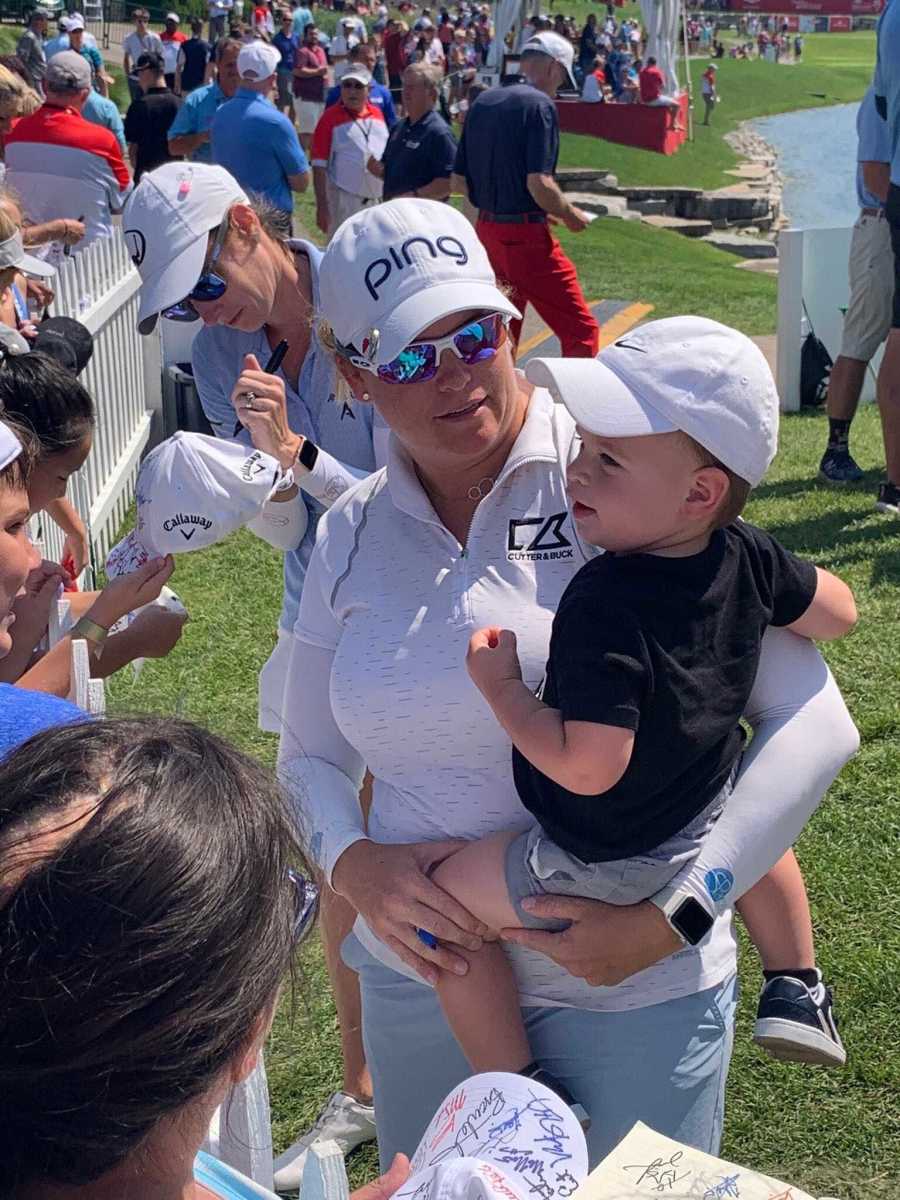
Of course, returning to this high level of play in spite of COVID-19 isn’t without its obstacles. There’s the physical recovery, especially for those who had C-sections. There’s the potential of postpartum depression. And there’s the “mom guilt,” or the overwhelming fear that you aren’t doing enough for your child and the sometimes-crippling anxiety that spending time at work will have a negative impact on your child’s life.
Like most women with careers and a family, mom guilt hits hard and fast. While the players are figuring out how to balance their “golf mode” and “mom mode,” the mom guilt never leaves. It’s tough to be 100% invested in golf and 100% in your kid, though these women make it look easy from the outside.
Helping assuage the mom guilt is the LPGA’s free childcare services, open Tuesday through Sunday at each event. “We’ve come a long way as an organization,” Mendoza said. “We have the longest standing daycare in any sports affiliation, and it’s provided to us complimentary. People don’t realize until they have kids how expensive childcare can be.”
The LPGA Child Development Center, sponsored by Smucker’s, is led by three women – Joy Dods, Bardine May and Sarah Hurd – who have become part of these players’ families. They are there in the early morning when the kids might still be in their pajamas, and they leave late at night after the last tee time finishes. In between, they feed and clothe the children as well as lay them down for naps and help them with any schoolwork.
They make it possible for the players to focus on their golf and give them peace of mind that their children, whose side they haven’t left in months, are safe and cared for.
“We’re so fortunate to have them, they’re amazing," Lang said. "Women couldn’t do what they do and love and make a living if we didn’t have those ladies in there.”
While the LPGA Tour provides needed support, families step up as well. Most moms on tour travel with their parents or husbands. Lang and Mendoza have tried both traveling with family and going solo with their kids.
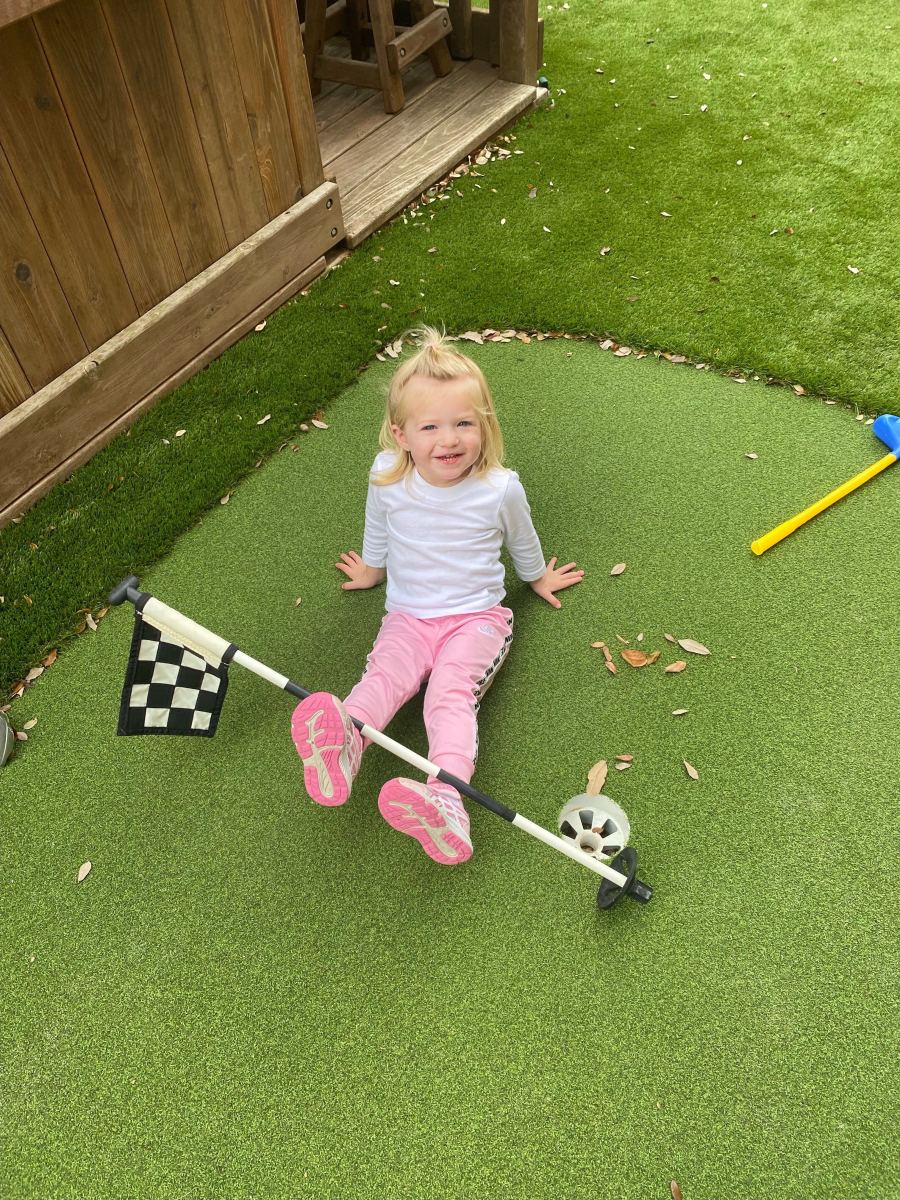
“I’ve done a bunch of different things,” Lang said. “I’ve traveled by myself (with Shay, now two years old,) a fair bit and it’s just too hard. When I came back last year, I made a rule that if I don’t have someone traveling with me, I’m not playing anymore. It’s just too hard, too much stuff.”
Said Mendoza, “In 2021, I traveled by myself (with A.J.) and it was a blessing in disguise. Since he was born, I’ve always had help, whether it was my mom or my sister living with me. You sometimes doubt your ability to be able to provide for your child because you’ve always had help. I was scared to death to do this by myself, but I did it and it was a huge confidence booster. I had a huge sense of being enough, and it was very enjoyable. My first two weeks that year, I played terribly – probably didn’t even make it close to the cut – but I had such a great time with my son.”
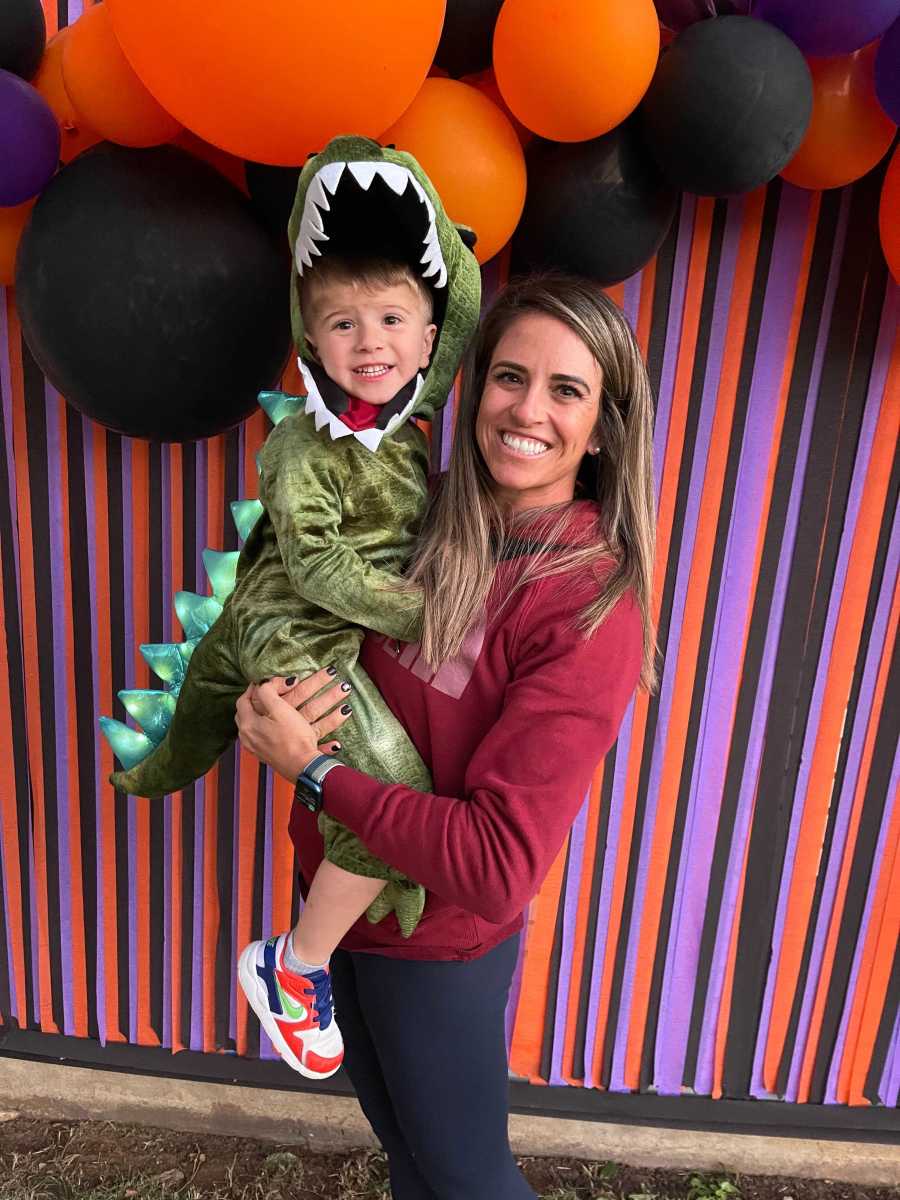
And, of course, the tour moms support one another. There are 23 moms playing (nine of which are currently on maternity leave) and four players expecting in 2022. In fact, just last month, Stoelting announced she is one of those expecting players, with her second child on the way this summer; she doesn’t know what the traveling arrangement will look like with two kids in the picture, but she knows she can count on her family and fellow moms on tour for support. With such a tight-knit community, everyone often joins forces, shares housing and offers each other advice.
“Brittany Lang and I have stayed in some apartments together and kind of share the duties of one night, you’ve got dinner and then I got the kids and vice versa," Mendoza said. "That’s been very helpful, especially if we’re in opposite waves (of the draw in the tournament). At least our kids can play together and kind of entertain each other.”
Since having kids, much has changed for these women: their bodies, priorities, free time and golf. Golf swings must be re-learned, practice sessions look different and competitive muscles need to be re-trained. Everything in their game has more intention behind it and stresses quality over quantity. And if there’s a bad shot on the golf course, it doesn’t affect most of these women nearly as much anymore.
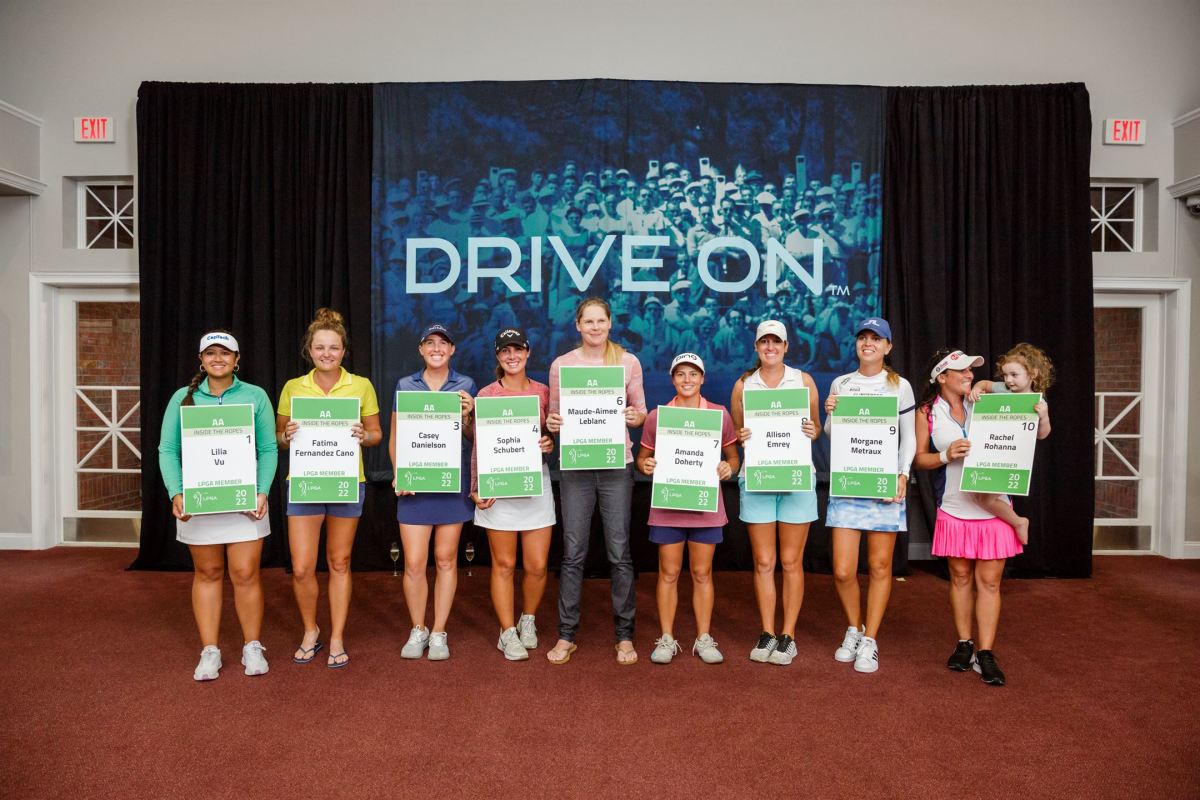
Rachel Rohanna, the first mom to graduate from the Epson Tour, is one of many who noticed that having a child has changed her perspective on the golf course.
“It’s weird to think of golf as my stress reliever, but after having my daughter (Gemelia in 2018), that’s how I see golf. It’s an outlet and a place I can go to relax for five hours," she said. "It sounds crazy, but I think it’s made my game better because I relax for a few moments and it’s not as important as other things in life, like the health and the safety of my child and all she’ll be doing in her future.”
The LPGA Tour has helped these women pursue two dreams – a professional golf career and motherhood. With the new maternity leave policy, players can now give themselves the time they need to start their family and still return to their careers.
"You should never have to choose between your career and starting a family, and the LPGA has done a really good job of not making it that way," Mendoza said.
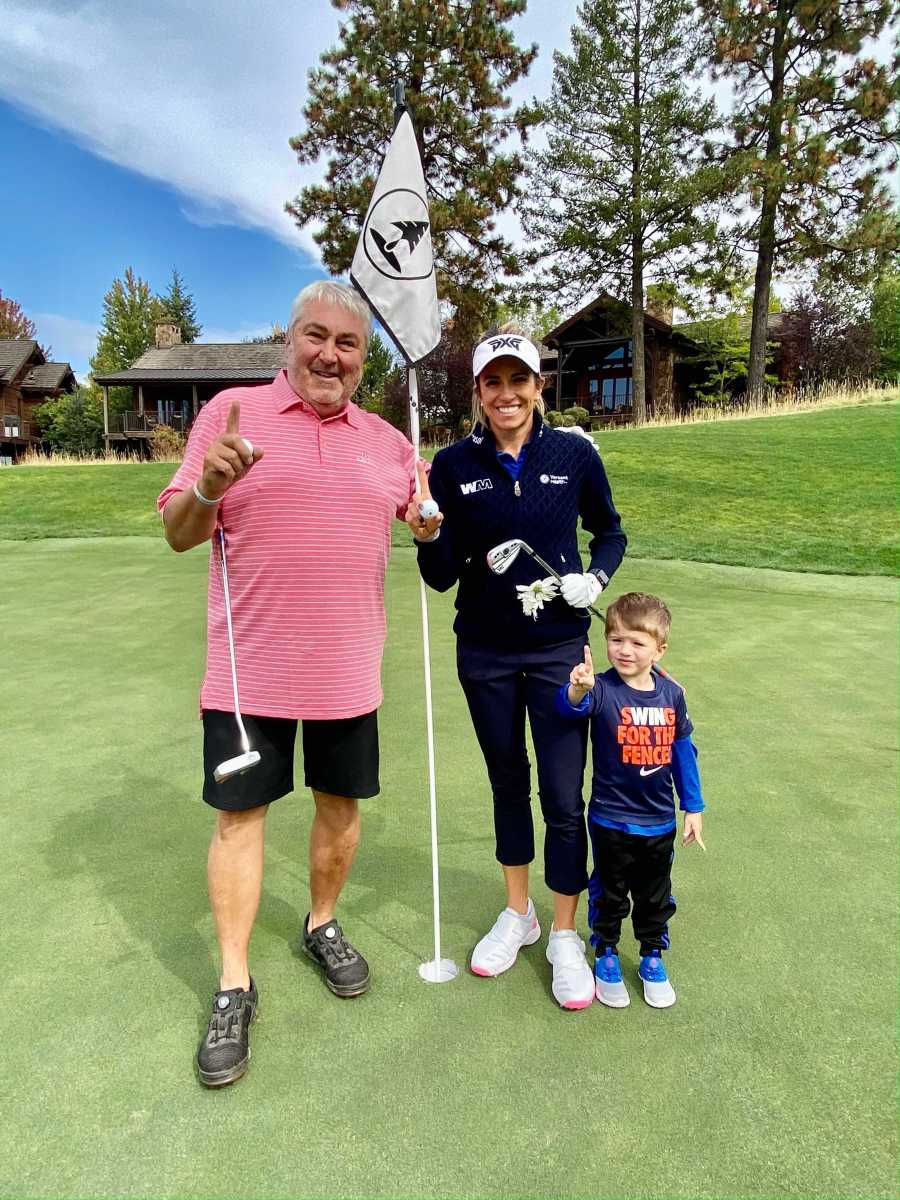
“Amazing” doesn’t quite cover what these women have accomplished and their dreams for the future.
“I always said I want to be able to continue to play after I have kids, so that my kids cannot just hear that I was once a good golfer, but I can actually show them," Mendoza said. "And my son has been a huge motivator, and this is why I get up in the morning – it’s for him. One day, I hope to be standing on 18 with a trophy and him running out onto the green, so that’s definitely one of my biggest goals.”
The moms on the LPGA Tour are superheroes, and they can make anything happen. We can’t wait to see the kids running onto the 18th green, either.
